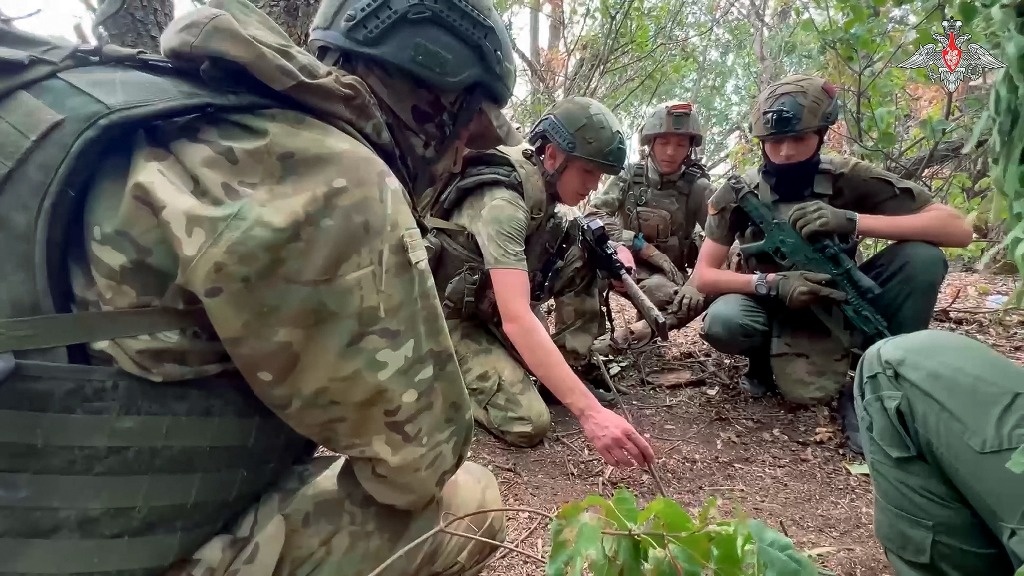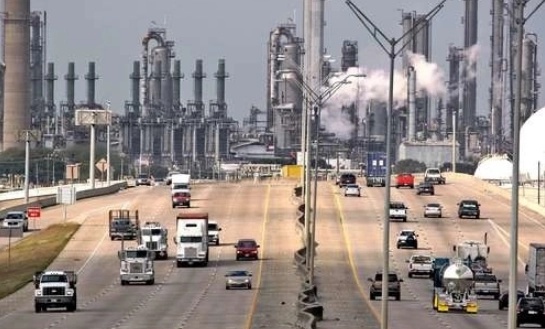Moscow. So far this year, except for its surprise incursion at the beginning of last August in the Russian region of Kursk, where it remains to date, the Ukrainian army has broadly managed to maintain its positions along the 1,200 kilometers of the fighting front, while in the part of Donietsk under its control – equivalent to two thirds of its extension when the invasion began two and a half years ago – it has been giving up territory for months, especially the last two, to the attacks of the troops. Russians, whose advances are slow but constant.
In this context, the inevitable question arises: Is Ukraine losing the war? Those who give an affirmative answer – first of all the Z-bloggers, as the promoters of the military campaign in Ukraine have been called by the Russian army’s badge, the last letter of the Latin alphabet – list that, since January and Taking into account the towns considered strongholds of the Ukrainian troops, kyiv lost Marinka, then Avdiivka and more recently Vuhledar.
This means that the discussion on social networks, among supporters of the “special military operation” launched by the Kremlin in February 2022, focuses on guessing which will be the next Ukrainian city to fall, assuming that it is an irreversible trend. , although no one can put a date on when Pokrovsk, apparently the most prized objective of recent times, will join the list of Russian conquests.
In addition to Pokrovsk, there is a long list of sites of relative strategic importance for Ukraine that are under siege in the Donbas (Donietsk and Lugansk), although the Russian army, with a superiority in troops and weapons of at least 3 to 1, is not in a position to to begin a simultaneous offensive, but to attack separately and indistinctly Konstiantinovka, Dobropolie, Selidovo, Kurajovo, Velika Novosilka, Chasiv Yar and Toretsk, among others, according to official statements from the Russian military command.
The cities and towns mentioned – explain, based on the daily monitoring of the battlefields carried out by experts such as Yuri Fiodorov, Ruslan Leviyev, Yan Matveyev and Valeri Shiriayev – are part of the different levels of defense that Russia would have to overcome. , and then expose his troops to traveling dozens of kilometers across open fields at the mercy of the enemy’s drones and artillery, before being able to approach the most fortified area of Donietsk, that of the large urban agglomeration of Kramatorsk and Sloviansk with its branched industrial periphery.
In other words, to achieve the goal set by President Vladimir Putin of “liberating” the entire administrative area that Donietsk and Luhansk had as part of Ukraine in 1991 after the Soviet collapse, the Russian army – which in the recent two months occupied there 699 square kilometers – would need to remove Ukrainian troops from another 10,359 square kilometers, according to Pasi Paroinen, an analyst at the Finnish Black Bird Group, which is dedicated to interpreting geolocated data and images from open sources.
Quite a few independent observers wonder why Volodymir Zelensky’s government insists on keeping its troops in Kursk, which makes no military sense apart from making the Kremlin blush as long as it cannot expel them, while clinging to defending bastions until they are reduced to ruined by artillery fire and guided bombs from Russian aviation.
The answer was given by kyiv recently through a report by the New York Times from the capital of Ukraine, which quotes military personnel from that country who participated in the defense of Vuhledar: it is, they claim, part of a strategy that aims to wear down the Russian army, causing it the maximum possible loss in troops and weapons. For this reason, they say, they endure as long as they can and leave a place only when the risk of being surrounded is imminent.
A member of the Institute for Strategic Studies attached to the Ukrainian government, Mykola Bielieskov, suggests that it is about “exchanging territory for Russian losses.” kyiv is confident that, later, it will be possible to recover the space it gave up and also that the autumn rainy season will turn the terrain into impassable mud and slow down Russian attacks, while new portions of the promised weapons from the United States and its allies arrive. allies.
#Russia #slow #steady #progress #Ukraines #Donetsk #region
–


